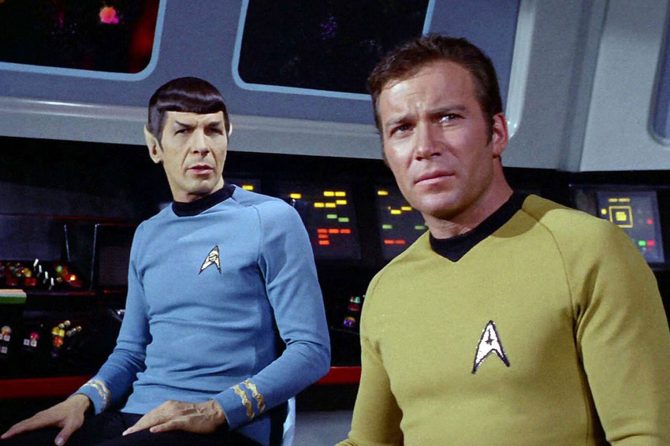
- Publisher : Victor Gollancz Ltd (1976)
- Copyright: Arthur C. Clarke (1956)
- ISBN-10 : 0575001593
- Author : Arthur C. Clarke
The City And The Stars by Arthur C. Clarke was originally written in the mid-1950’s (based on an earlier novel written in the 1940s) and the version I got out of my local library was printed in the mid 1970’s. I include an image of the book cover bragging about how the novel is still in tune with SF 12 years after it was originally published. Now, 70+ years after it was written, it is still surprisingly ‘in tune’.
The book is set a billion plus years in the future where mankind has been reduced to living in (presumably) the last city on Earth, Diaspar. This city is controlled by a central computer. This is an AI before the term artificial intelligence had been coined. The central computer takes care of all of the needs of the people. It can read their thoughts and will produce what they need when they need it e.g. There is no need for permanent furniture in their living spaces. The computer will automatically generate the bed or chair they need then reabsorb it into the data banks when it is no longer needed.
Likewise, people in the city no longer reproduce. The central computer generates, or more correctly, regenerates them from code stored in the data banks. They are produced fully formed as nearly adults recycled from previous lives. They spend ~20 years learning and coming into their own at which time they begin to remember their past lives in the city. After a few thousand year lifespan, they are also absorbed back into the data banks to await a time in the future when the cycle will be repeated. By mixing and matching different sets of regenerations at different times, the computer seeks to keep the lives of Diaspar’s citizens changing with different combinations every lifetime.
Alvin is just past his 20th year, but he is not receiving any previous memories. He is a ‘unique’ and it is the first time he has been generated in the city. There have only been a very few uniques in the city’s history and all of those disappeared without regenerating. He does not have the inherent fear of everything outside of Diaspar that the rest of the citizens are born with, and he has a desire to find out what may be outside the walls of the city, and a desire to find a way to escape those walls.
The citizens of Diaspar have a very comfortable life. They have everything they need provided. They are free to create art and love each other. There is safety, but no real innovation or true originality. The city has survived and allowed humanity to survive for literally billions of years, largely unchanged and unchanging. Overall, the citizens are satisfied with this recurring, cycling sameness, but they are also confined by their fear of the unknown.
Outside the walls of the city, another group of humans has also survived. Their more short-lived non-recurring lives in a more agrarian setting contrast with those of Diaspar. Though less controlled than the city, this also a ‘safe’ society. Their telepathy is with each other and not with a central controlling computer.
Clarke writes a compelling story of a young man’s journey to try to find himself and to make a difference in the world. The story is multi-layered. In one sense, it is a basic adventure story. A young man striking out on his own against the mores and norms of his society and the things he finds when he pushes past those strictures.
It is also an exploration of some of the questions we all should ask ourselves from time to time.
- Is it better to be comfortable and ‘safe’ or do we need adventures in our lives?
- Is our history really what happened or just what we choose to believe? And who or what controls the narrative?
- Is technology our savior, or our prison, or both?
- What is really important in the human condition?
- What is really important to you?
I don’t have answers to any of those questions, and I suspect Clarke does not either, but the point of science fiction, and literature in general, is not to answer questions but raise them. Read this story as a straight forward novel of the future…then feel that little itch at the back of your brain that makes you wonder where you fit into your society and what society you might want to fit into, and maybe where ours is headed. What can you do to make a difference, or do you just want to recreate and hope for recreation in another life?
___________________________________________
And if you like science fiction with a classic feel, check out my book. Plastivore.










